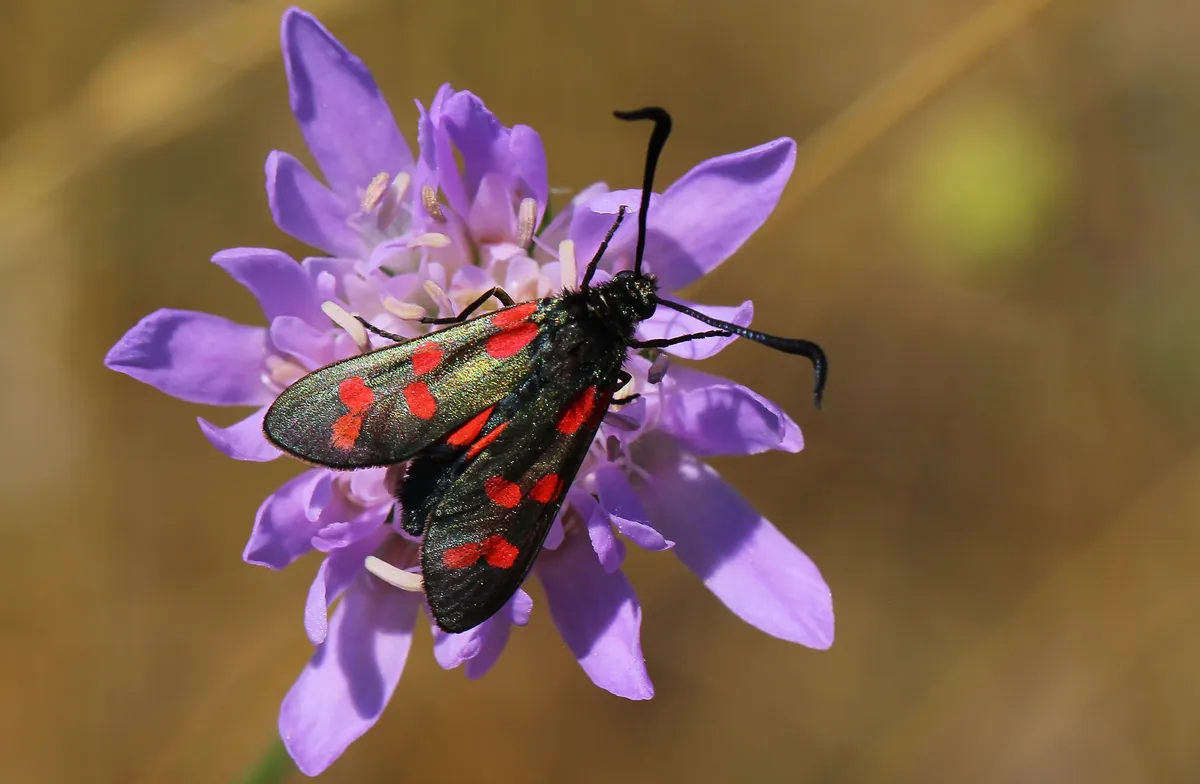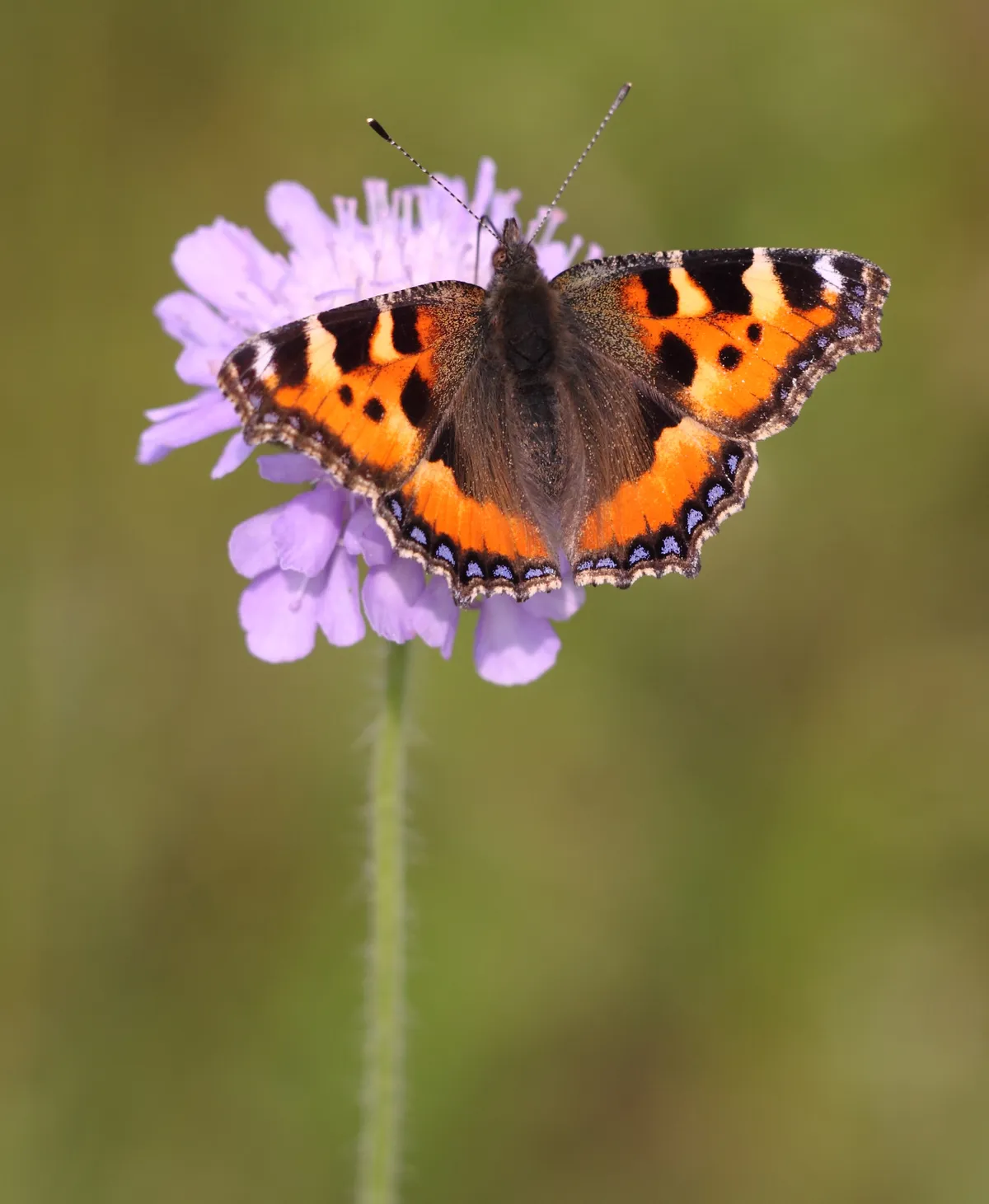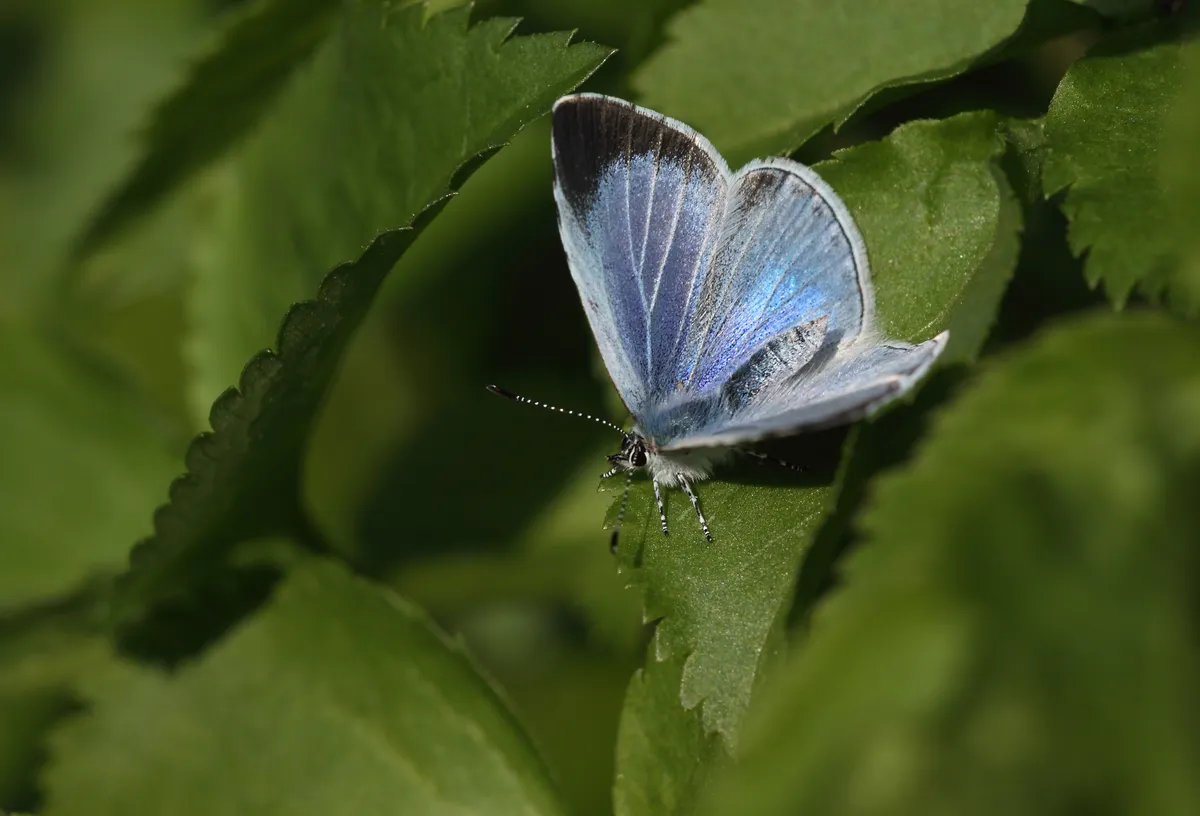In just three weeks this summer, nearly half a million painted lady butterflies were counted, almost 30 times greater than for the year before.
The wildlife charity, Butterfly Conservation, confirms that a ‘painted lady year’ is a natural phenomenon and only happens about once a decade, when unusually high numbers of this migratory butterfly arrive in the UK.
Several other common species have experienced a bumper summer, helped by the fine weather.
The peacock and marbled white both experienced a massive increase of over 200 per cent on the previous year, while the red admiral, gatekeeper and the colourful red and black six-spot burnet moth also did very well.

The small tortoiseshell had its best year since 2014, but scientists are still worried its long-term future - this once common and widespread butterfly has declined by 78 per cent since the 1970s.
“Last year the small tortoiseshell experienced its worst summer in the history of the Big Butterfly Count, so to see its numbers jump up by 167 per cent this year is a big relief,” says Butterfly Conservation’s Richard Fox.

This species did, however, seem to perform far better in Scotland and Northern Ireland this year than in England and Wales.On average, participants in Scotland and Northern Ireland saw over twice as many small tortoiseshells per count than people in England.
“We’re still trying to establish what is behind the long-term decline of the small tortoiseshell and while it is good news that the butterfly fared better this summer, the poor results in southern England in particular suggest that climate change may be having more of an impact on this species than we have previously realised,” adds Fox.
Over 113,500 people took part in the Big Butterfly Count, with more counts being submitted than ever before.
The warm weather experienced across the UK this summer should have helped most butterflies, but not all species did so well.
The large white, small white and green-veined white all experienced a significant slump in numbers and despite a record number of sightings in 2018, the common blue and holly blue also saw a severe decline.

It is possible that having experienced such a bumper summer last year, this year’s drop in sightings could be the result of increased predation by parasitic wasps, populations of which may have been boosted by the butterflies’ good fortunes last summer.
The full results can be found on the Big Butterfly Count website and will be used by scientists to see how the UK’s common species are faring and where to target future conservation work.
Big Butterfly Count Top 10 Species
Rank. Species - Numbers seen
- Painted lady - 420,841
- Peacock - 207,814
- Small white - 179,715
- Gatekeeper - 161,987
- Large white - 138,671
- Meadow brown - 110,858
- Red admiral - 91,146
- Small tortoiseshell - 70,704
- Speckled wood - 33,015
- Green-veined white - 32,965

Main image: Painted lady butterfly. © Andrew Cooper/Butterfly Conservation